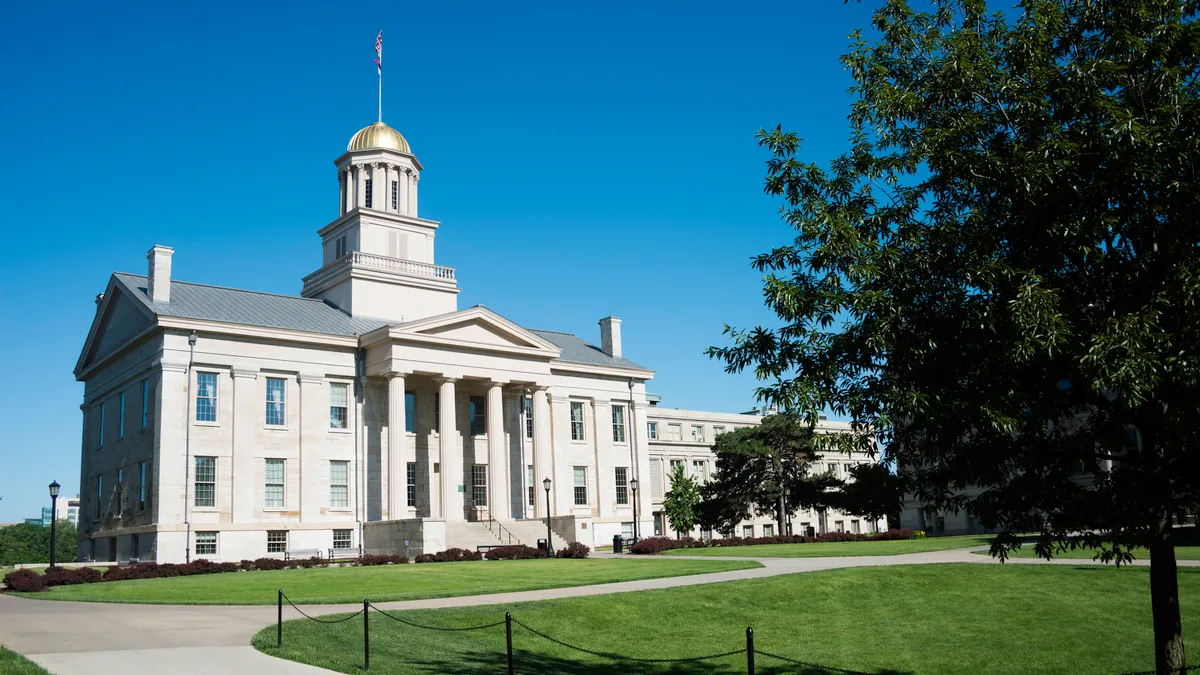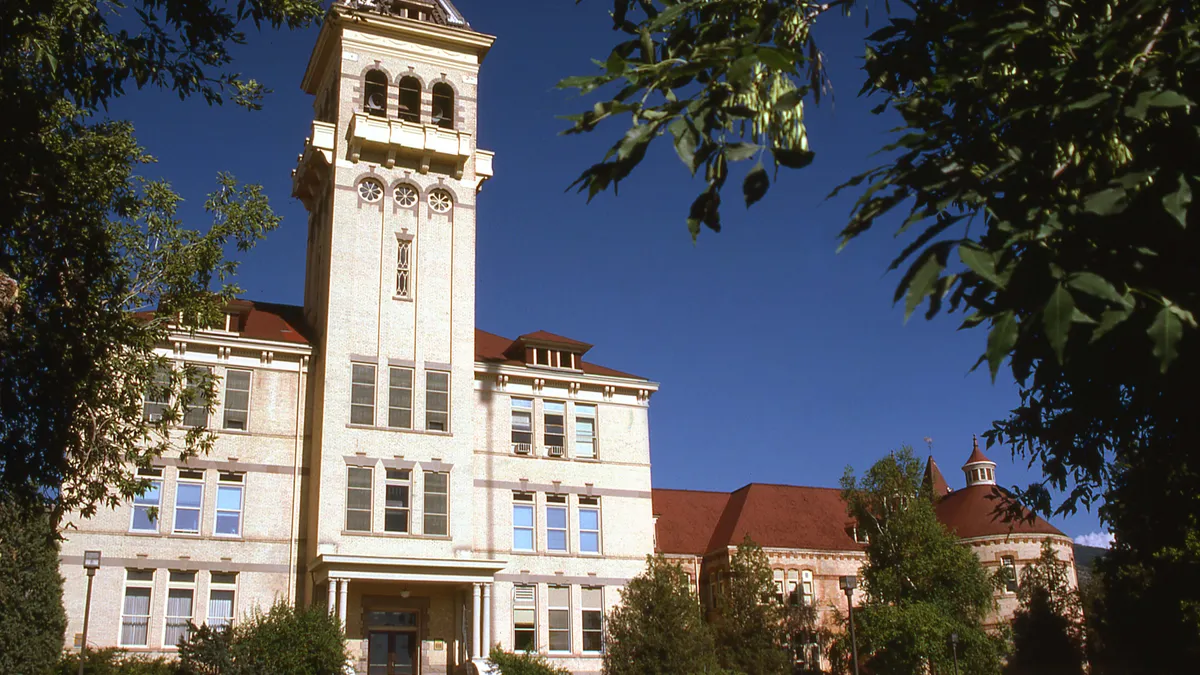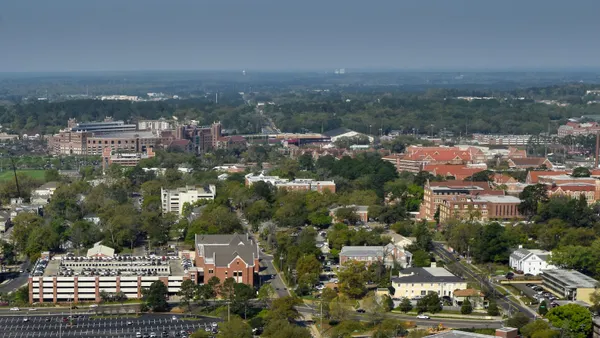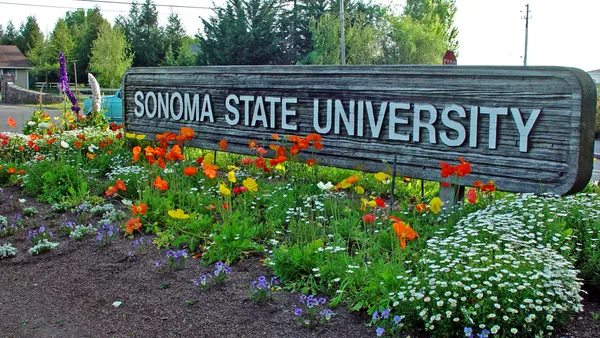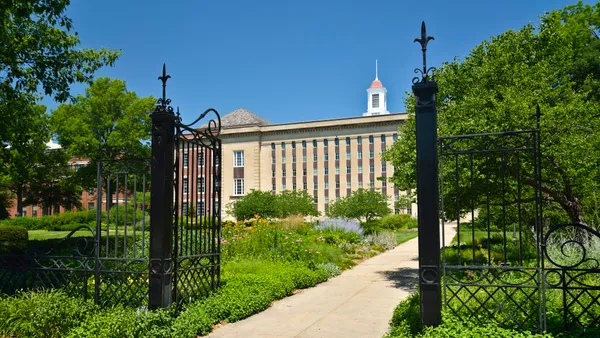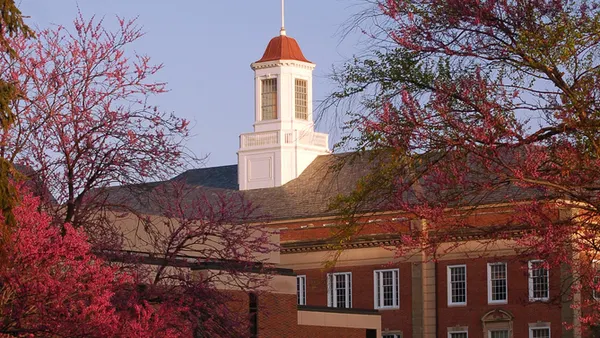Dive Brief:
- The University of Iowa has assembled a massive universitywide committee to explore new revenue opportunities and ways to boost efficiency, the public institution announced last week.
- Dubbed “Resparc” — short for Revenue and Efficiencies Strategic Plan Action and Resource Committee — the group includes nearly 100 faculty, staff and officials from 35 units across the institution.
- Subcommittees will explore specific areas such as philanthropy, academic programs and financial operations. Those teams will develop proposals for increasing revenue and improving operations for Resparc’s leadership and ultimately for University of Iowa’s president and provost.
Dive Insight:
The university framed its new initiative as forward-looking, meant to ensure University of Iowa “maintains its strong financial trajectory for years to come,” rather than having to wrestle reactively with challenges as they happen.
“By launching this effort from a position of financial health, the university will be able to build upon its success at a time when higher education is navigating significant disruption, from the anticipated demographic enrollment cliff to a decline in public trust and growing financial constraints,” the university said in its announcement.
Iowa’s flagship university is growing. By fall 2024, its total faculty and staff had increased 5.1% year over year to 27,795 employees, while enrollment grew 2.4% to 32,199 students.
The university’s total assets and revenues have also been steadily rising in recent years. In fiscal 2024, its operating income — which does not include state appropriations, certain grants and contacts, investment income or gifts — stood at $36.8 million. The positive operating income stands in contrast to that of the many public universities with operating losses before those sources of revenue are factored in.
But University of Iowa officials acknowledged the challenges rippling across the higher ed landscape, including an anticipated decline in the traditional college-age population.
In Iowa specifically, the number of high school graduates is projected to decline by 4% from 2023 to 2041, according to the latest estimates from Western Interstate Commission for Higher Education.
University of Iowa has also seen its expenses jump along with the rest of the higher ed world, adding new financial constraints. Between fiscal years 2022 and 2024, its total operating expenses rose 15.7% to $5 billion.
The Trump administration’s aggressive moves to limit federal research funding could pose additional pressure. In 2024, University of Iowa brought in $315 million in federal research funding. The Trump administration has now terminated grants to the university worth roughly $14.3 million and having $9.7 million still left to be paid out, according to a Center for American Progress analysis of U.S. Department of the Treasury data.
Against that backdrop, many institutions — public and private — are cutting back spending and shrinking their employee base, both through layoffs and attrition. But University of Iowa officials say Resparc is different.
In a FAQ page, the university said the efficiency-seeking efforts are “a proactive planning effort, not a response to a budget crisis.” It states that the goal “is to find ways to work smarter, improve processes, reduce administrative burdens, and better leverage our collective resources and technology.”
Resparc is led by Emily Campbell, associate vice president for operations and decision support, and Sara Sanders, dean of the university’s liberal arts and sciences college.
Campbell and engineering dean Ann McKenna oversee the initiative’s revenue teams, while Sanders and Peter Matthes, vice president for external relations and senior advisor to University of Iowa President Barbara Wilson, oversee the efficiency group.


